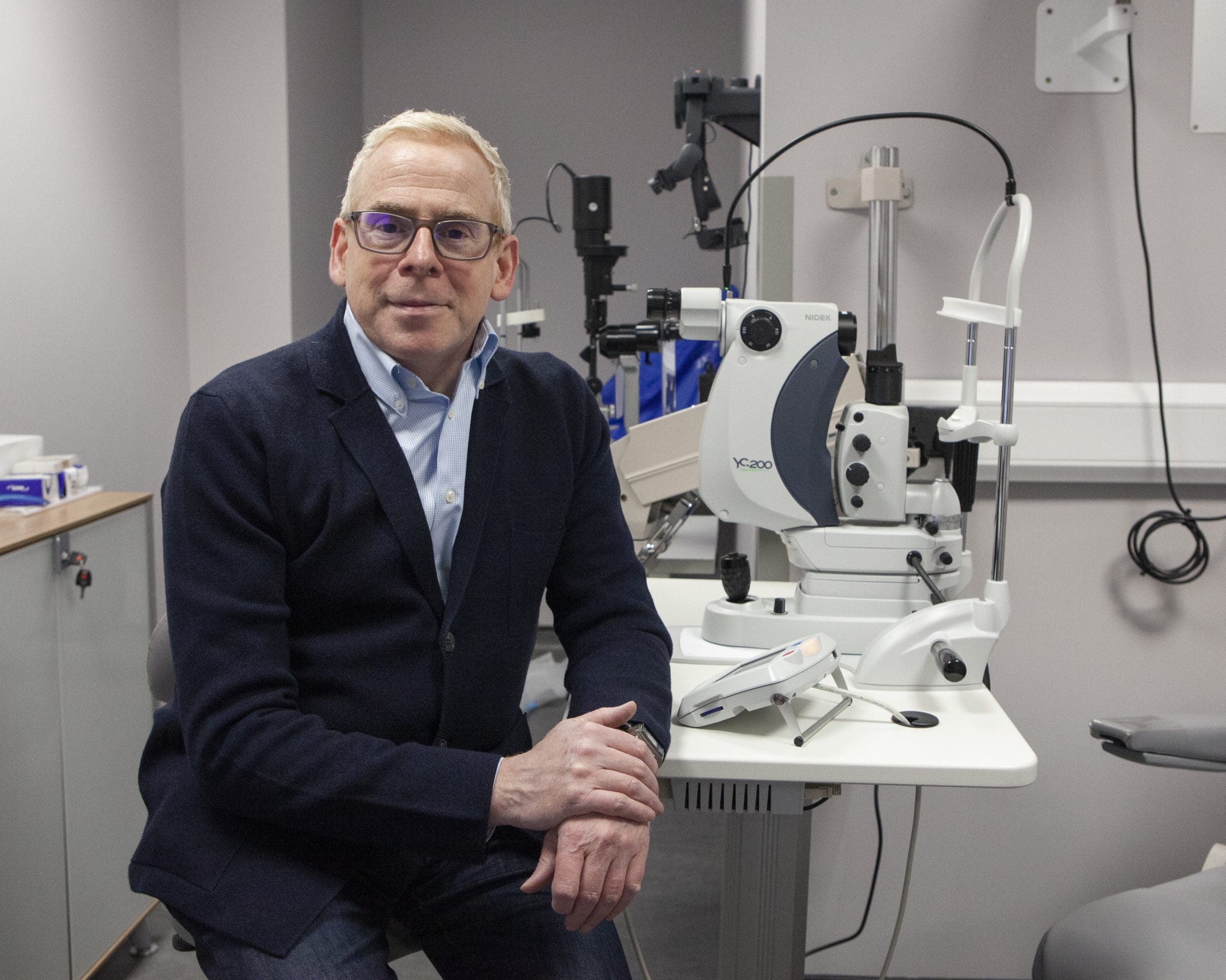A chronic, degenerative condition affecting central vision.
What is Vitreo-Retinal Eye Surgery?
Vitreo-Retinal eye surgery refers to a group of advanced, highly delicate procedures that are done deep inside the eye’s interior.

What is Vitreo-Retinal Eye Surgery?
Vitreo-Retinal surgery is performed in the part of your eye where the vitreous and retina are located. The vitreous is a jelly-like substance filling the cavity between the lens of your eye and your retina. The vitreous is the foundation of the eye and is the structure that aids development of the eye in the embryo. The purpose of vitreoretinal surgery is to restore, preserve and improve vision for a wide range of conditions.
The most common reasons vitreoretinal eye surgery is performed include:
- Retinal detachments or tears: Tears in the retina or separation of the retina from the back of the eye. Patients experience a sensation like curtains closing in on their peripheral vision.
- Macular holes: Condition in which the vitreous jelly pulls the central retina open, a section called the macula (centre of the retina where most focus occurs), affecting vision.
- Macular pucker (Epiretinal membrane): Scar tissue causing a wrinkle in the central retina, the macula, that’s responsible for focus, causing reduced and/or distorted vision.
- Diabetic retinopathy: Complication of diabetes that causes fragile new blood vessels to develop on the retina causing haemorrhages in the eye or pulling on the retina.
- Floaters: Can occur when the vitreous jelly breaks up or can occur when the vitreous jelly pulls on a retinal blood vessel causing a haemorrhage in the eye.
- Vitreoretinal surgeries have high success rates, and patients should experience improved vision in just a few weeks. For most people, sight is either improved or restored. This is a positive outcome for those who would otherwise be left with permanent vision loss.